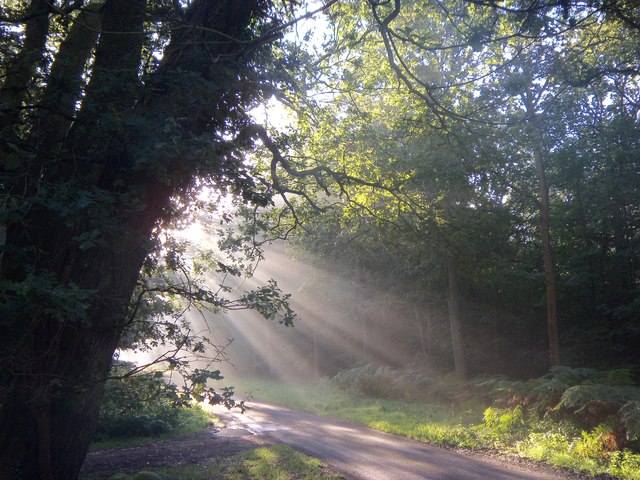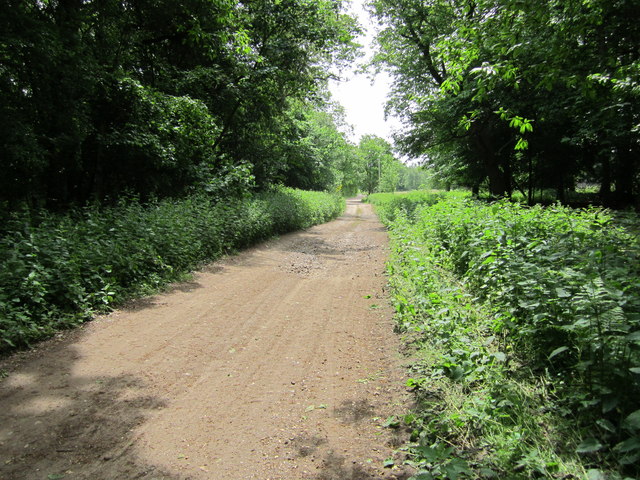Galley Hill
Wood, Forest in Norfolk Breckland
England
Galley Hill

Galley Hill, located in Norfolk, England, is a picturesque wood or forest area that offers a serene and natural retreat for visitors. The site is nestled in the heart of the countryside, surrounded by rolling hills and lush greenery.
Covering an area of approximately 100 hectares, Galley Hill is known for its diverse range of woodland habitats, including broadleaf and coniferous trees. The wood is home to a variety of wildlife, such as songbirds, deer, and various small mammals. Visitors can enjoy the peaceful atmosphere while observing and appreciating the natural beauty that surrounds them.
The wood offers several well-marked walking trails, allowing visitors to explore and wander through the enchanting forest. These trails cater to all levels of fitness and offer opportunities for both short walks and longer hikes. Along the way, visitors may come across charming streams, tranquil ponds, and vibrant wildflowers, enhancing the overall experience.
Galley Hill is also a popular destination for nature enthusiasts and photographers, as it provides ample opportunities to capture stunning landscapes and wildlife shots. The wood's natural beauty changes with the seasons, offering a different experience throughout the year. In the spring, the forest is alive with blossoms and vibrant green foliage, while in autumn, it becomes a tapestry of rich reds, oranges, and yellows.
Overall, Galley Hill, Norfolk is a haven for nature lovers, offering a peaceful and idyllic environment where visitors can immerse themselves in the beauty of the natural world.
If you have any feedback on the listing, please let us know in the comments section below.
Galley Hill Images
Images are sourced within 2km of 52.497798/0.83099861 or Grid Reference TL9292. Thanks to Geograph Open Source API. All images are credited.
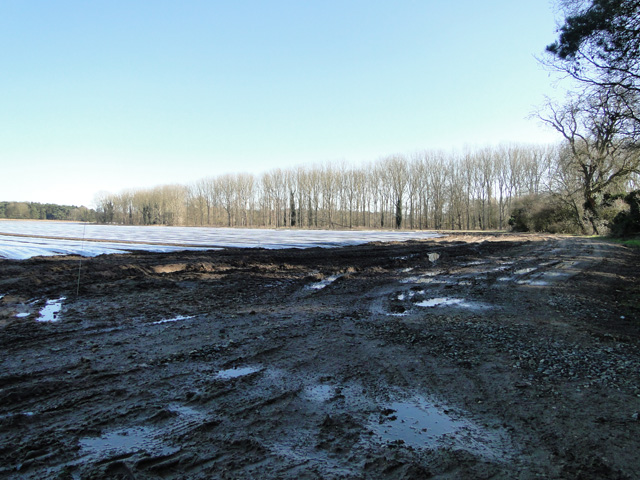
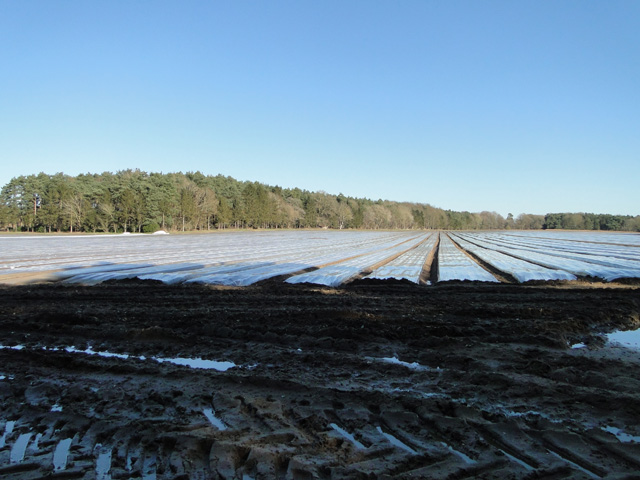
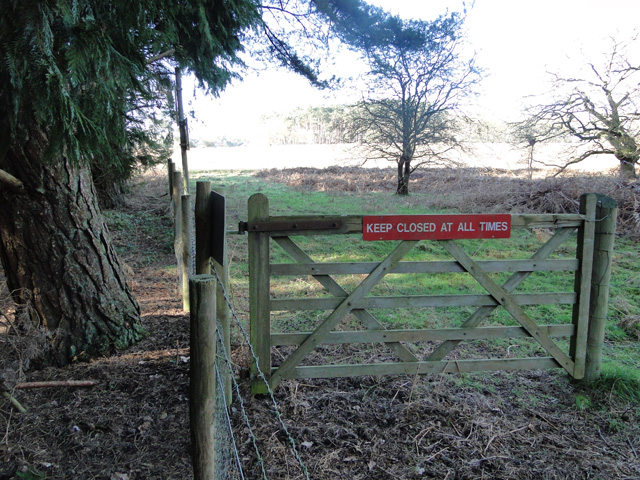
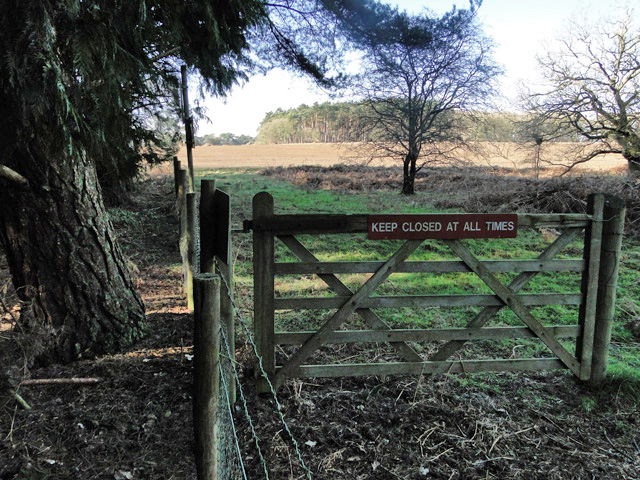
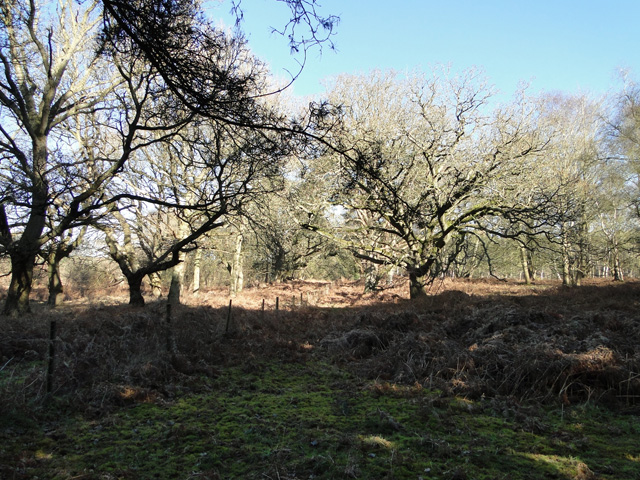
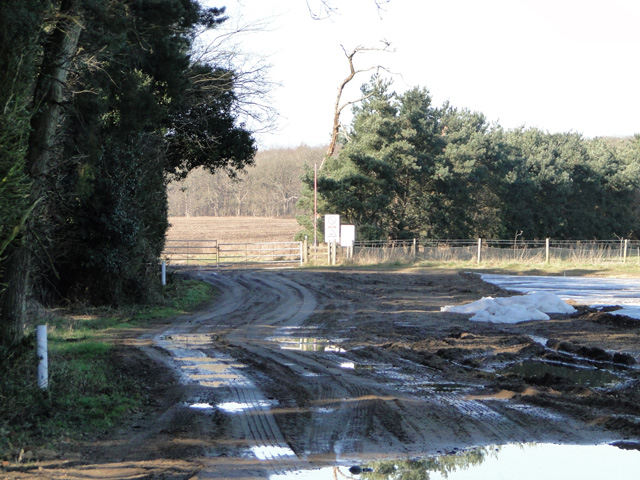
Galley Hill is located at Grid Ref: TL9292 (Lat: 52.497798, Lng: 0.83099861)
Administrative County: Norfolk
District: Breckland
Police Authority: Norfolk
What 3 Words
///climate.escapes.tinny. Near Griston, Norfolk
Nearby Locations
Related Wikis
Great Eastern Pingo Trail
Great Eastern Pingo Trail is a 9.2 kilometres (5.7 miles) long footpath along a disused railway line north of Thetford in Norfolk. It is a 4.2-hectare...
Thompson Water, Carr and Common
Thompson Water, Carr and Common is a 154.7-hectare (382-acre) biological Site of Special Scientific Interest north of Thetford in Norfolk. Most of it is...
Cranberry Rough, Hockham
Cranberry Rough is an 81.1-hectare (200-acre) biological and geological Site of Special Scientific Interest in the parish of Hockham, east of Attleborough...
Wretham and Hockham railway station
Wretham and Hockham railway station was a station in Norfolk serving the villages of Wretham and Hockham. It was on the Great Eastern Railway branch line...
Wretham Park Meres
Wretham Park Meres is a 30-hectare (74-acre) biological Site of Special Scientific Interest north of Thetford in Norfolk.This site consists of four natural...
East Wretham Windmill
East Wretham Mill is a tower mill at East Wretham, Norfolk, England which has been converted to residential accommodation. == History == East Wretham...
Stonebridge, Norfolk
Stonebridge is a village in the English county of Norfolk. It is situated on the A1075 road, some 6 miles (9.7 km) north east of the town of Thetford and...
Wretham
Wretham is a civil parish in the Breckland district of Norfolk, England. The parish includes the village of East Wretham, which is about 6 miles (10 km...
Nearby Amenities
Located within 500m of 52.497798,0.83099861Have you been to Galley Hill?
Leave your review of Galley Hill below (or comments, questions and feedback).






